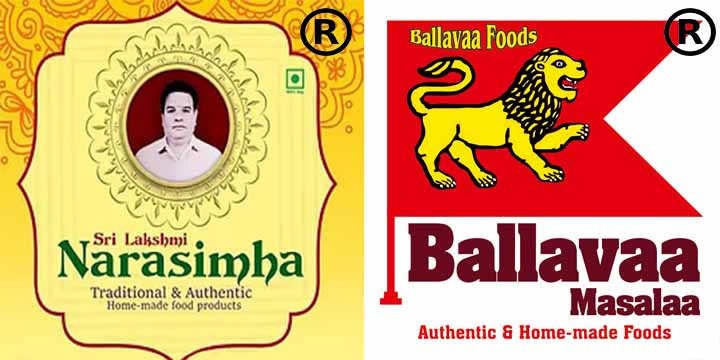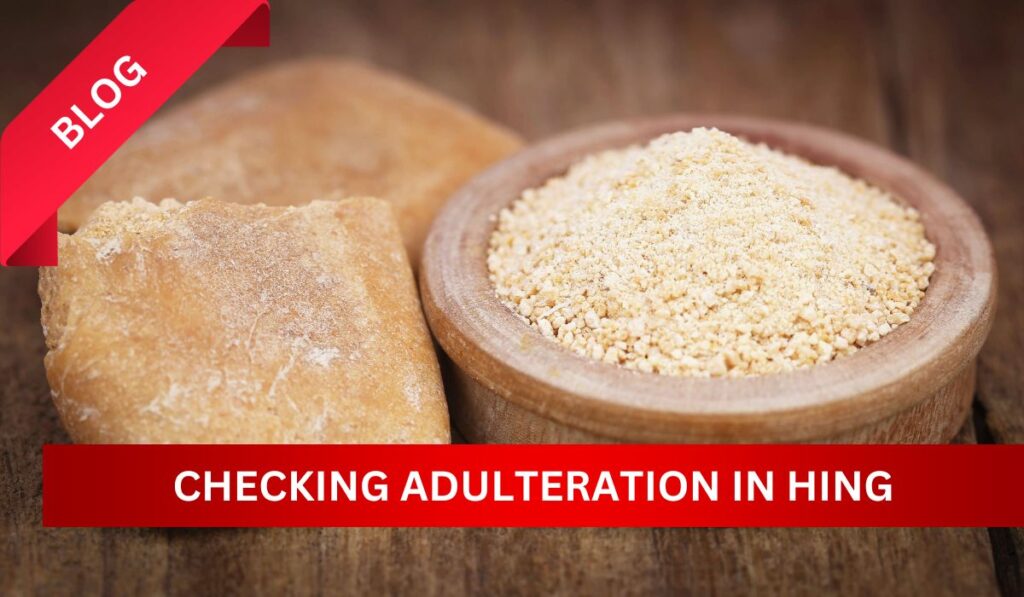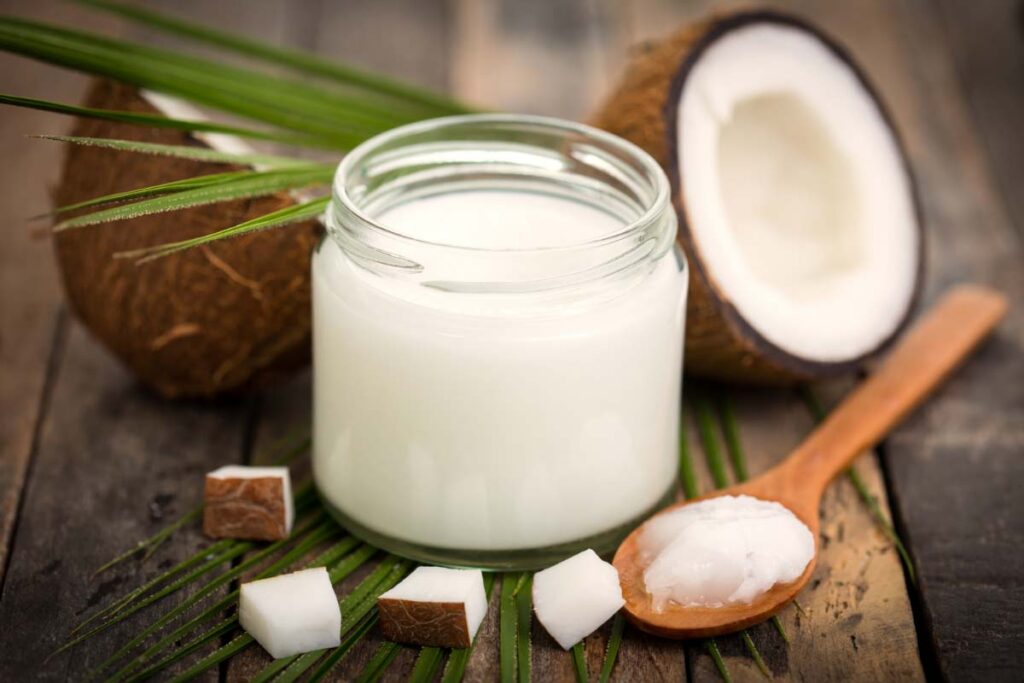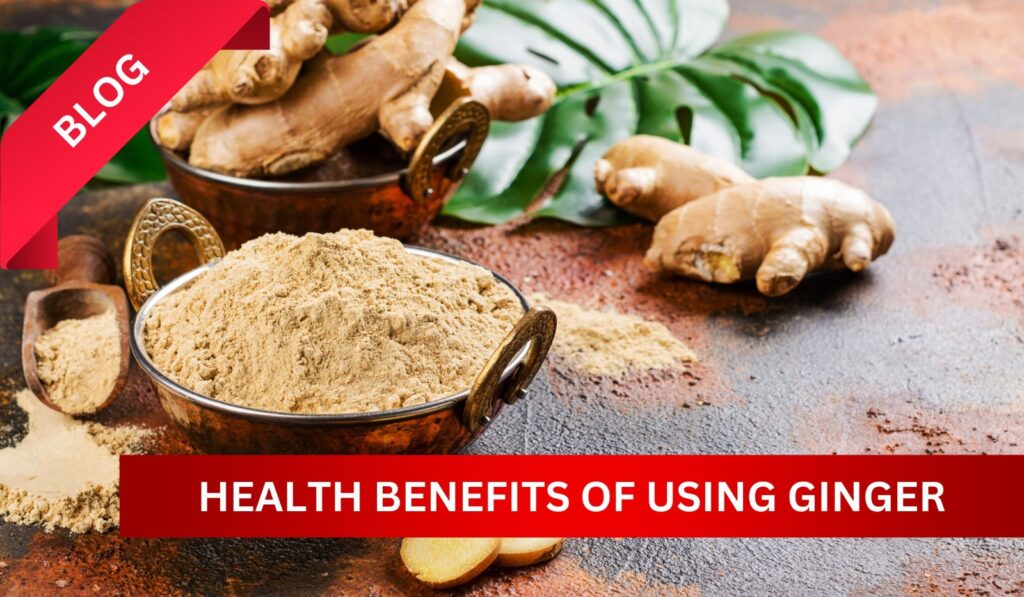Introduction
Hing, also known as asafoetida, is a unique and aromatic spice derived from the resin of the Ferula plant. It has been cherished in culinary traditions for centuries, celebrated for its pungent flavor and medicinal properties. However, the popularity of hing has led to concerns about its authenticity and purity. In this blog post, we’ll delve into the world of hing adulteration and explore methods to test and ensure the quality of this beloved spice.
Understanding Hing Adulteration
Adulteration of hing occurs when unscrupulous sellers mix genuine hing with other substances or chemicals to increase their profits. Common adulterants include wheat flour, rice flour, gum arabic, and even synthetic compounds that mimic the aroma and appearance of genuine hing. The presence of these adulterants not only diminishes the quality and flavor of hing but may also pose health risks.
Methods for Testing Hing Adulteration
- Organoleptic Evaluation:
- Smell: Authentic hing has a strong, pungent odor, while adulterated hing may lack this distinctive aroma.
- Color: Genuine hing is usually a light amber to brown color, while adulterated hing may appear paler or have unusual shades.
- Solubility Test:
- Dissolve a small amount of hing in warm water. Authentic hing should dissolve completely, leaving no residue. Adulterated hing may leave a residue or not dissolve properly.
- Starch Test:
- Iodine solution can be used to detect the presence of starch, a common adulterant in hing. When iodine is added to a hing sample, the presence of starch will turn the solution blue-black.
- Purity Test:
- Hing purity can be determined by using thin-layer chromatography (TLC) or high-performance liquid chromatography (HPLC). These methods can identify the presence of adulterants accurately.
- Microscopic Examination:
- Microscopic examination of hing samples can reveal the presence of foreign particles, starch granules, or other adulterants.
- Chemical Analysis:
- Conduct chemical tests to identify specific adulterants. For example, gum arabic can be identified using a Sudan III test, which causes it to turn red.
- Gas Chromatography-Mass Spectrometry (GC-MS):
- GC-MS analysis can identify the chemical composition of hing, allowing for the detection of synthetic compounds used as adulterants.
Conclusion
Ensuring the purity and authenticity of hing is essential for both culinary satisfaction and health reasons. Adulteration not only compromises the flavor but can also introduce potentially harmful substances into your dishes.
By familiarizing yourself with the methods for testing hing adulteration, you can make more informed choices when purchasing this precious spice. Additionally, buying hing from reputable sources and checking for quality certifications can further reduce the risk of purchasing adulterated hing. Remember that pure and authentic hing not only enhances the taste of your recipes but also preserves the rich traditions and health benefits associated with this remarkable spice.





